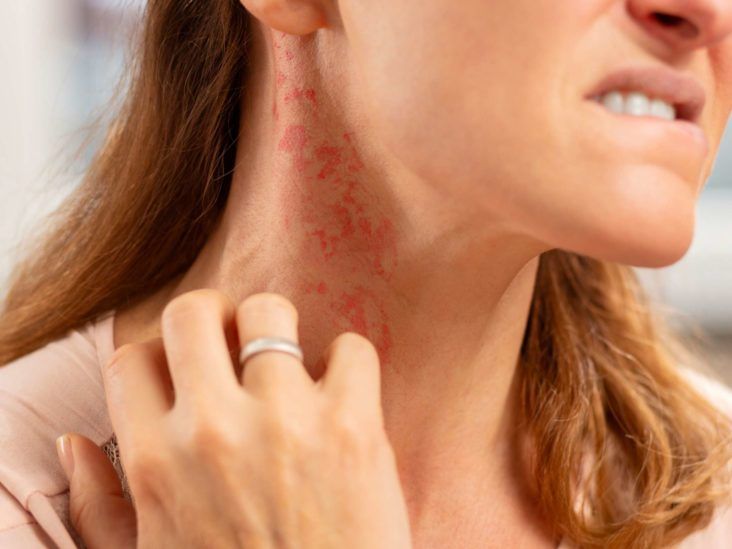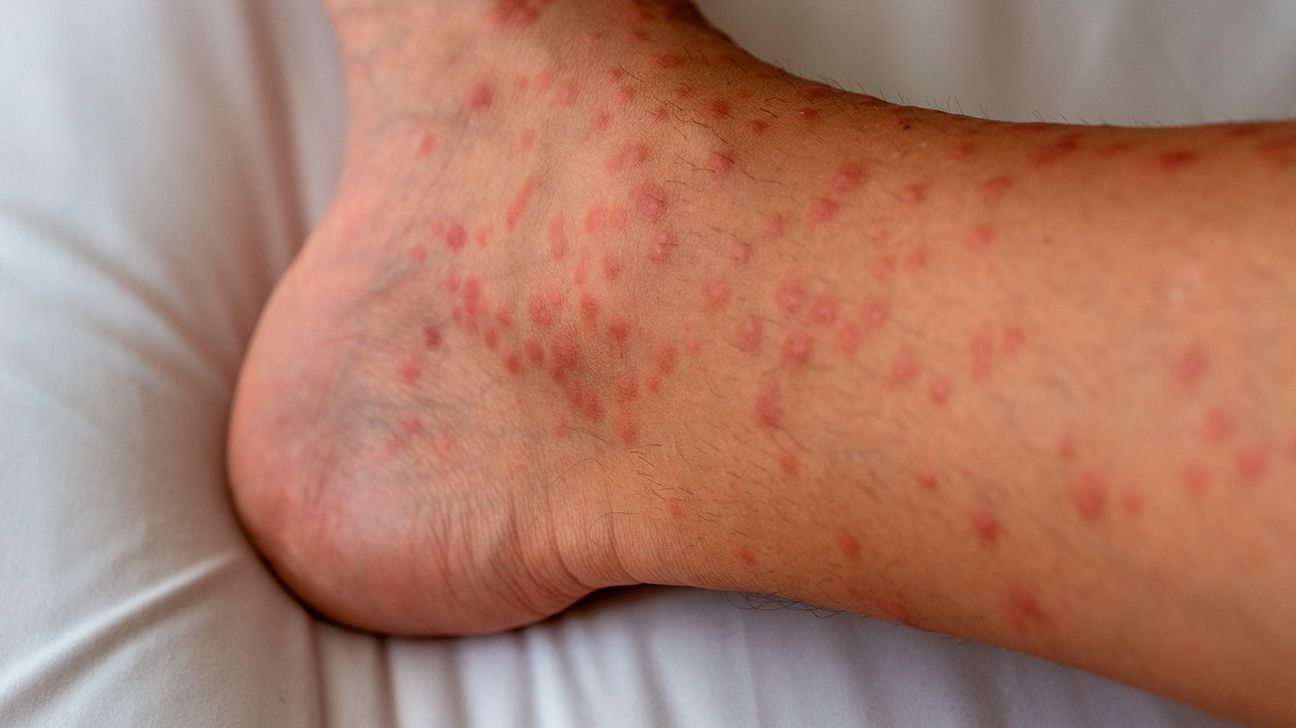Coping with Body Itching Effective Solutions Unveiled

Unraveling the Mystery of Body Itching: Insights and Solutions
Understanding Body Itching
Body itching, also known as pruritus, is a common and often bothersome symptom that can affect anyone at any age. It manifests as an uncomfortable sensation that prompts the desire to scratch the affected area. While occasional itching is normal and usually harmless, persistent or severe itching may indicate an underlying medical condition that requires attention.
Causes of Body Itching
Body itching can be caused by a variety of factors, ranging from benign to more serious conditions. Common causes include dry skin, allergic reactions to certain foods or medications, insect bites, and irritants such as soaps or detergents. Additionally, underlying medical conditions such as eczema, psoriasis, liver or kidney disease, thyroid disorders, and nerve damage can also contribute to persistent itching.
Symptoms and Presentation
The presentation of body itching can vary depending on its underlying cause and severity. It may manifest as a mild annoyance or become so intense that it interferes with daily activities and sleep. In some cases, itching may be accompanied by other symptoms such as redness, swelling, rash, or changes in skin texture. Identifying any accompanying symptoms can help narrow down potential causes and guide appropriate treatment.
Diagnostic Evaluation
Diagnosing the cause of body itching often requires a thorough evaluation by a healthcare professional. This may include a comprehensive medical history review, physical examination, and diagnostic tests such as blood tests, skin biopsies, and allergy testing. Identifying the underlying cause of itching is essential for determining the most appropriate treatment approach.
Treatment Options
Treatment for body itching depends on its underlying cause and severity. In many cases, simple home remedies such as moisturizing the skin, avoiding known triggers, and using over-the-counter anti-itch creams or lotions may provide relief. For itching associated with underlying medical
Soothe Athlete’s Foot with Effective Cream Solutions

Soothe Your Feet: Effective Creams for Athlete’s Foot
Understanding Athlete’s Foot
Athlete’s foot, also known as tinea pedis, is a common fungal infection that affects the skin on the feet. It is characterized by itching, burning, and cracking of the skin, often between the toes or on the soles of the feet. This condition is caused by various types of fungi that thrive in warm, moist environments, such as sweaty shoes or communal shower areas.
The Importance of Treatment
Treating athlete’s foot is essential to alleviate discomfort and prevent the infection from spreading. Without proper treatment, the fungus can spread to other areas of the feet, as well as to other parts of the body. Fortunately, there are many effective over-the-counter creams available to help combat athlete’s foot and promote healing.
Choosing the Right Cream
When selecting a cream for athlete’s foot, it’s essential to choose one that contains antifungal ingredients such as clotrimazole, miconazole, or terbinafine. These ingredients work by killing the fungus or preventing its growth, ultimately resolving the infection. Additionally, look for creams that offer soothing ingredients like aloe vera or tea tree oil to relieve itching and inflammation.
Application and Usage
To effectively treat athlete’s foot, it’s crucial to follow the instructions provided with the cream. Typically, this involves applying the cream to clean, dry feet, focusing on the affected areas. It’s essential to continue using the cream for the recommended duration, even if symptoms improve, to ensure that the infection is fully eradicated.
Tips for Relief
In addition to using antifungal creams, there are several measures you can take to relieve symptoms and promote healing. Keep your feet clean and dry, wear clean socks made of breathable materials, and avoid wearing tight-fitting shoes or footwear made of non-breathable materials. It’s also essential to avoid sharing
Dealing with Body Rashes Effective Remedies and Tips

Understanding and Managing Body Rashes: Expert Insights
Exploring the Causes of Body Rashes
Body rashes are a common skin condition that can be caused by various factors, including allergies, infections, irritants, and underlying medical conditions. Allergic reactions to foods, medications, or environmental triggers, such as pollen or pet dander, can lead to the development of rashes on the skin. Similarly, fungal, bacterial, or viral infections can also cause skin rashes, as can contact with irritating substances like chemicals or fabrics.
Identifying Common Symptoms of Body Rashes
The symptoms of body rashes can vary depending on the underlying cause but often include redness, itching, swelling, and inflammation of the skin. Rashes may appear as raised bumps, blisters, or patches of dry, flaky skin. In some cases, rashes may be accompanied by other symptoms such as fever, fatigue, or joint pain, especially if the rash is the result of an underlying infection or autoimmune condition.
Seeking Medical Evaluation for Body Rashes
If you develop a rash that is severe, persistent, or accompanied by other concerning symptoms, it’s essential to seek medical evaluation promptly. A healthcare provider can examine the rash, review your medical history, and perform any necessary tests to determine the underlying cause. Depending on the diagnosis, treatment may involve medications, topical creams or ointments, or other interventions to alleviate symptoms and address the underlying issue.
Preventing Body Rashes: Tips for Skin Health
While some causes of body rashes may be unavoidable, there are steps you can take to help prevent their occurrence. Practice good hygiene by washing your skin regularly with mild soap and water, and moisturize daily to keep your skin hydrated and healthy. Avoiding known allergens or irritants, such as certain foods, medications, or personal care products, can also help prevent allergic reactions and skin irritation. Additionally, wearing
